Teachers have long had to adapt and change practice often due to the environment or student morale. COVID-19 has presented a unique obstacle forcing teachers to work tirelessly to maintain curriculum rigor while upholding prevention protocols.
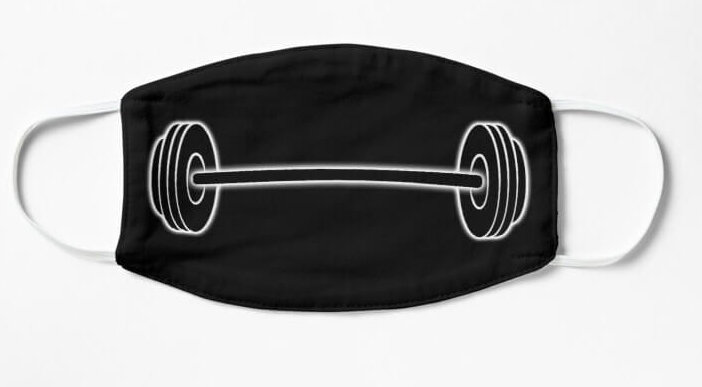
Wearing a mask is a preventative measure that directly impacts both the student and teacher experience on a minute-by-minute basis. While over time this practice has become the “norm,” in many respects wearing a mask during physical activity poses challenges. When engaged in high-intensity exercise while wearing a mask, some may experience hypoxia or a lack of oxygen. As can be ascertained, a lack of oxygen does bode well for workout completion.
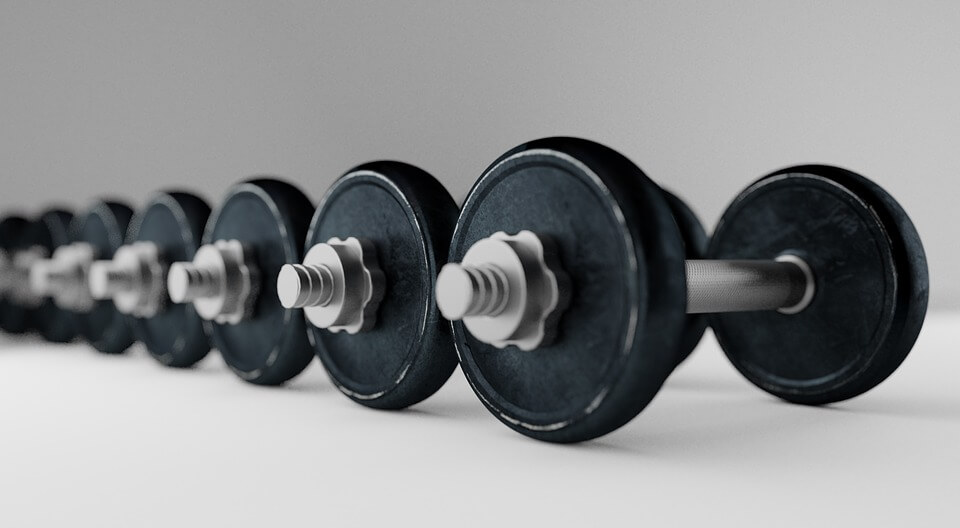
As an instructor of Exercise Science courses at all college levels, one of my favorite courses to teach is called Strength Development. Historically, this course has been a hands-on evaluation and analysis of mechanical movement strategies employed during strength training exercises such as the back squat, front squat, power clean, and push-jerk. Students work in partner groups of similar strength levels, share an Olympic bar, plate weights, and other equipment. They learn how to break each exercise into phases in order to identify inefficient movement strategies, understand how the body works as a kinetic chain, and offer direct coaching cues. As a course that calls for students to be physically active, I knew teaching it in the indoor setting could pose a whole new set of challenges for some students, perhaps more so those who weren’t physically fit.

While school protocols surrounding COVID-19 vary, the institution I teach for allows students and instructors to be mask-free if in the outdoor setting and three feet apart, something not allowed indoors. Moving outdoors seemed like the only option for ensuring students could complete the physical requirements of the course without the constraint of a mask. I was able to reserve a multipurpose field on campus and felt like I had found a way to overcome one obstacle.
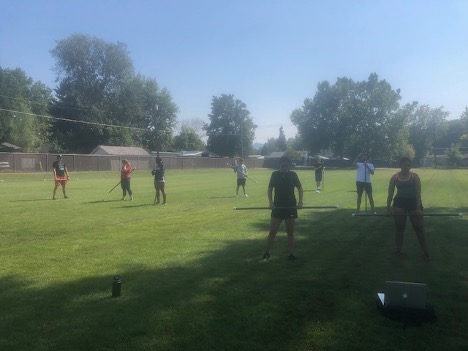
Other obstacles, related to COVID-19 guidelines, were a bit hard to rectify. There were two problems to consider now: 1) if partner groups are sharing a bar, the risk of spread would be very high, and 2) partner groups would need to carry their bar and weights approximately 200 yards, both ways, each day to our new meeting location outdoors. My first concern here was reducing the risk of spread. There weren’t enough Olympic bars for each student to have their own (disregarding the pain of packing them each day), so I began brainstorming how I could offer each student a bar on a very tight budget. Body bars first came to mind. These are nice as there are varying weights that can be purchased. However, at $40 – $80 each and 16 students in the class, they weren’t an option. I then started considering how I might make my own body bars in order to stay within budget and offer students the best chance at staying healthy throughout the semester.
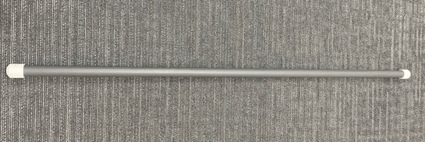
With approval from administration and the help of a former head collegiate athletic trainer, I decided to make body bars using schedule 80 PVC (polyvinyl chloride) pipe, sand, caps and glue. I was able to make 20, 5’ bars for approximately $150.00. Each student was assigned a bar for the duration of the course, meaning they packed it to and from home for class each day. Thus, no daily exchanging or disinfecting necessary. These bars were not the same as Olympic bars nor did they offer the weight variations of body bars. Even so, the focus of this course has never been how much one can lift, rather, how one’s body moves in order to complete a task.

Several individuals in the course mentioned feeling like they didn’t know how to do the lift because the weight wasn’t heavy enough. Perhaps the focus of the course shifted even more so to functional movement strategies, the underlying prerequisite to all efficient movements. Flexibility, balance, strength, symmetry are the building blocks of effective lifters. As the course progressed and students developed a critical eye, many learned of weaknesses or areas of improvement that they may not have otherwise identified and moved to include exercises in their regimens to address them.
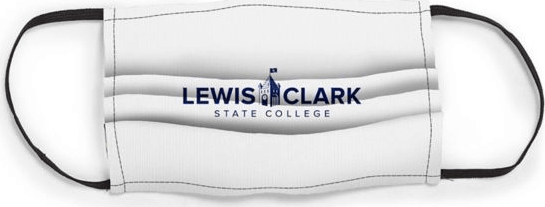
Was this the perfect fix to a COVID-19 problem? No. But I do think it was a reasonable solution for an imperfect situation. I was able to maintain the rigor of the curriculum, keep students healthy and safe, and most importantly, students learned how to evaluate and analyze movement and correct inefficiencies. A willingness to adapt is foundational for success in many career fields including teaching. These adaptation strategies have been further confounded by COVID-19 guidelines requiring more critical thinking and situation awareness from teachers, trainers, coaches, and the like. If there is one takeaway I have gleaned from teaching during a pandemic it is that nothing is going to be perfect, but students are mindful and appreciative when we show our commitment to doing the best we can.
